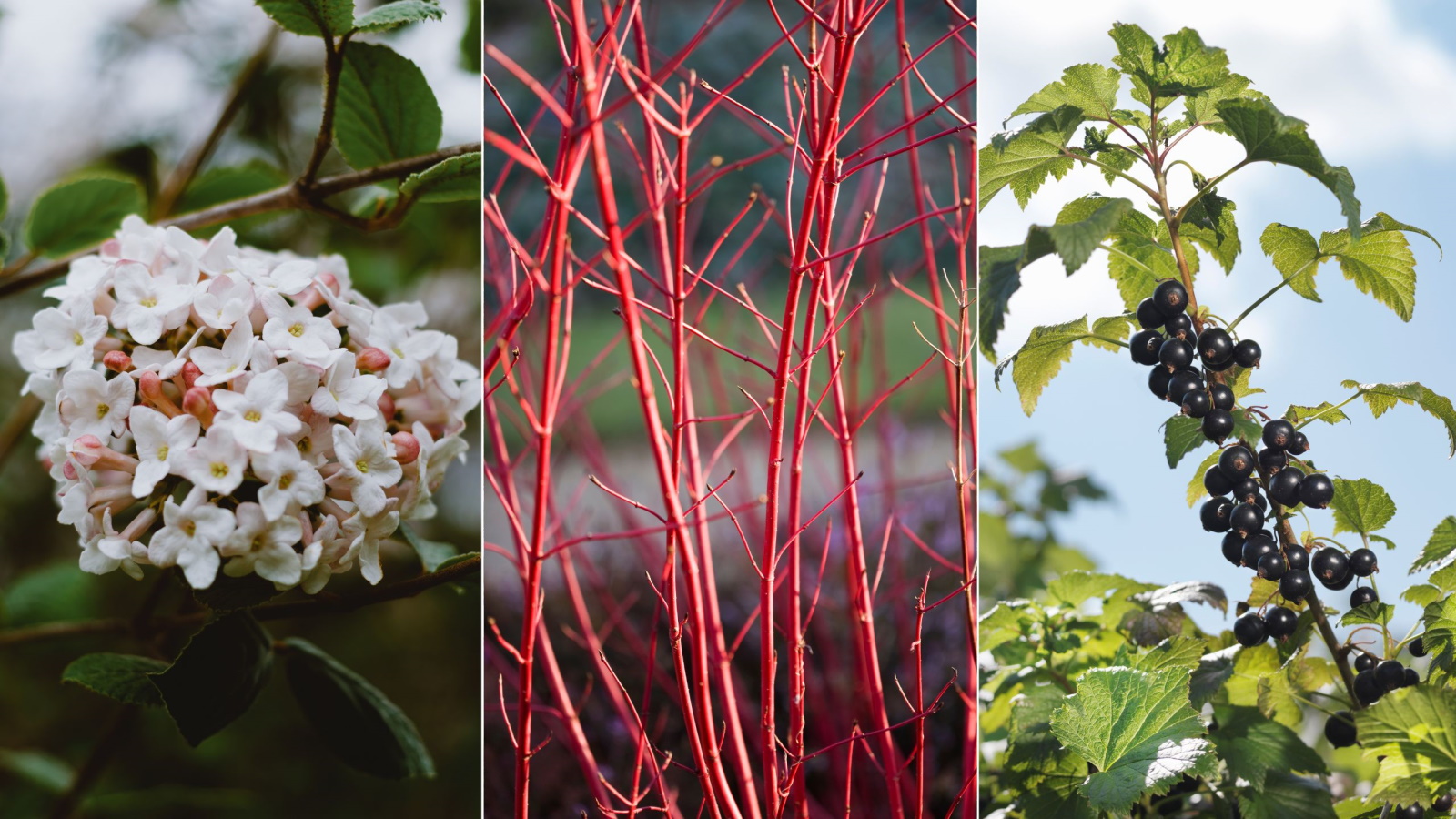
There are many benefits to propagating plants from hardwood cuttings. It's quite low-maintenance, the stems are often more resilient than softwood cuttings and it can reliably allow you multiply the plants in your yard.
When learning how to take cuttings, it's important to also get to grips with the best time to take cuttings from the specific plants you're trying to propagate. Growing a tree from a branch, for example, is best done when the tree is dormant in fall. Other deciduous shrubs are likewise best propagated when branches and stems are bare and their leaves have fallen.
If you're keen to experiment with propagating hardwood stems this season, then look no further. Here, we've compiled five of the best hardwood cuttings to take in fall.
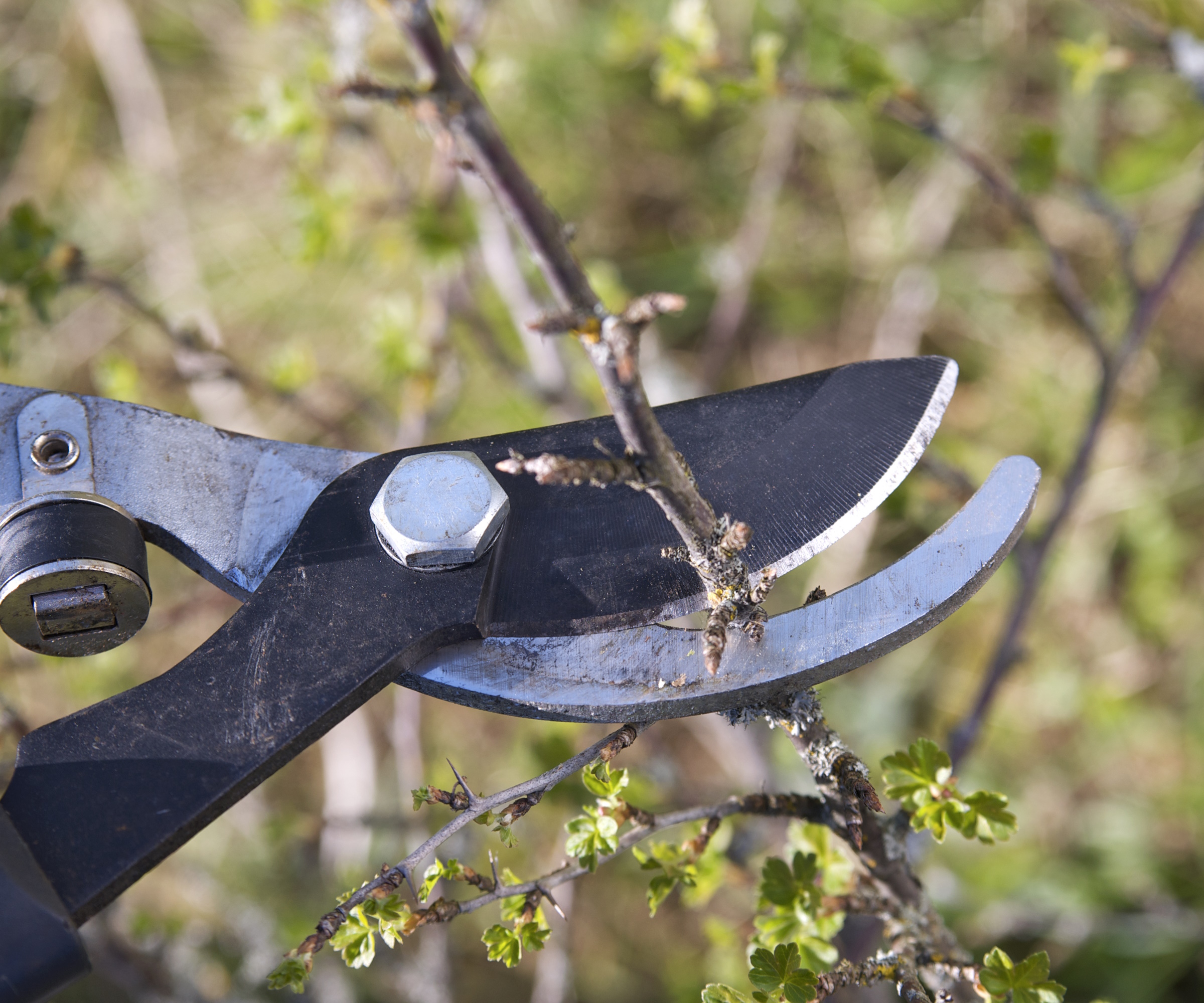
5 beautiful hardwood cuttings to take in fall
Depending on the hardwood cuttings you take, you need to be equipped with a range of essential pruning tools, such as these bypass pruning shears from Amazon. Once you have the right tools to hand, you can get cutting:
1. Viburnum
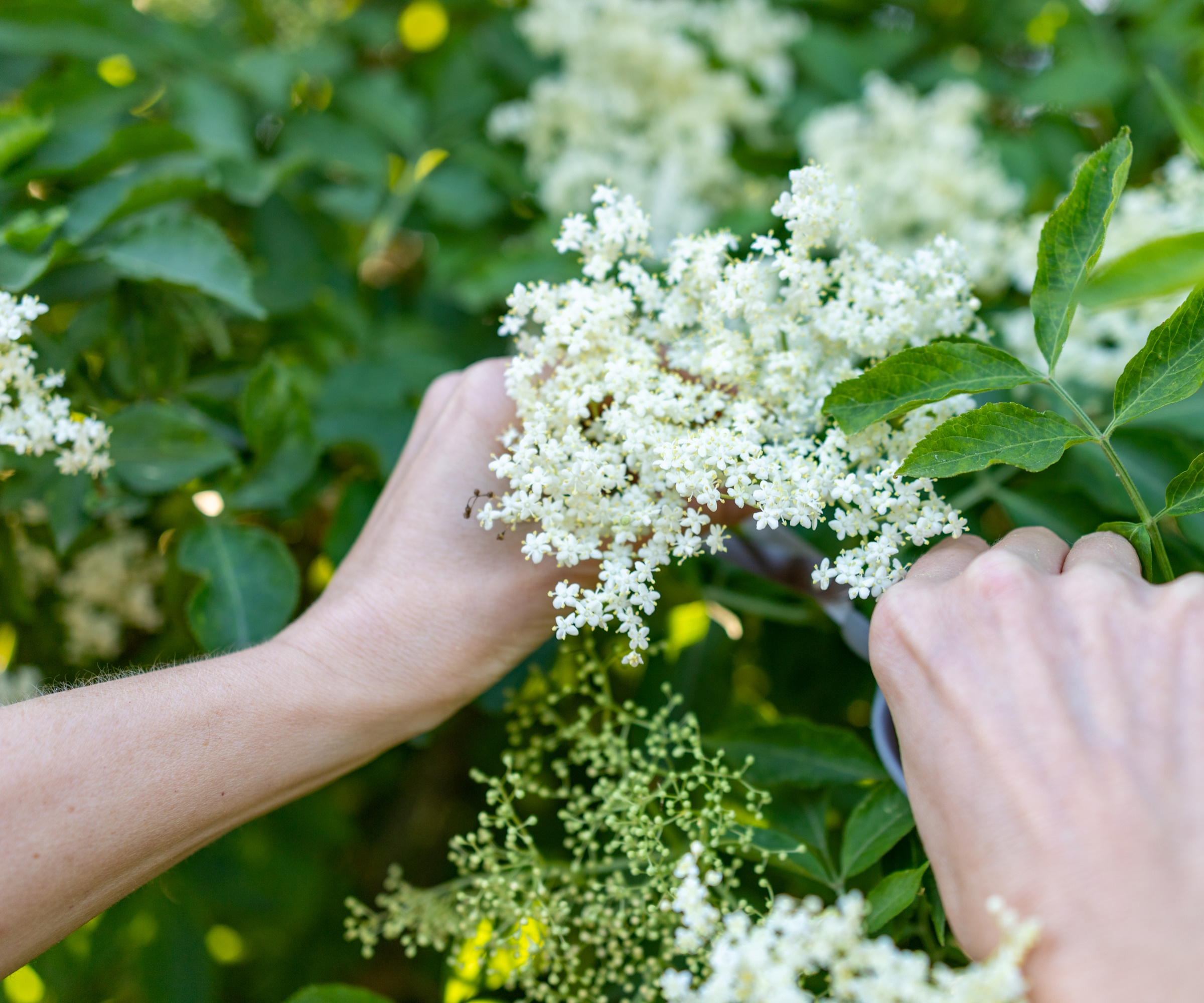
Many gardeners love to grow viburnum because it's a fast-growing shrub that produces fragrant flowers and bright berries though the winter and early-spring season.
'To propagate viburnum, you'll want to take an angled cutting of eight to 10 inches that has several buds,' explains horticulturalist Michael Clarke from Yardwork. Angled hardwood cuttings encourage root growth because it exposes a larger surface area to nutrients available in the potting mix.
'Remove any leaves from the cutting and dip the cut end into water, then into a small amount of rooting hormone,' Michael says.
Rooting hormone is a useful tool for propagating hardwood cuttings. It's a substance containing chemicals that replicate the rooting hormones of plants, helping cuttings to root. This can also be effective in speeding up houseplant propagation.
'Once the cutting has been dipped in rooting hormone, place in a mixture of 40 percent peat moss and 60 percent perlite, pushing it into the soil mixture about two thirds down the cutting,' Michael says. You should then keep the cutting at a consistent moisture level and somewhere bright and warm to encourage root development.
It is also possible to take softwood cuttings in spring, which may be an easier way to propagate viburnum for beginner gardeners.
This rooting powder accelerates strong and healthy roots for plant cuttings. It works well alongside all grow mediums, including peat moss, soil and more.
2. Blackcurrant bush
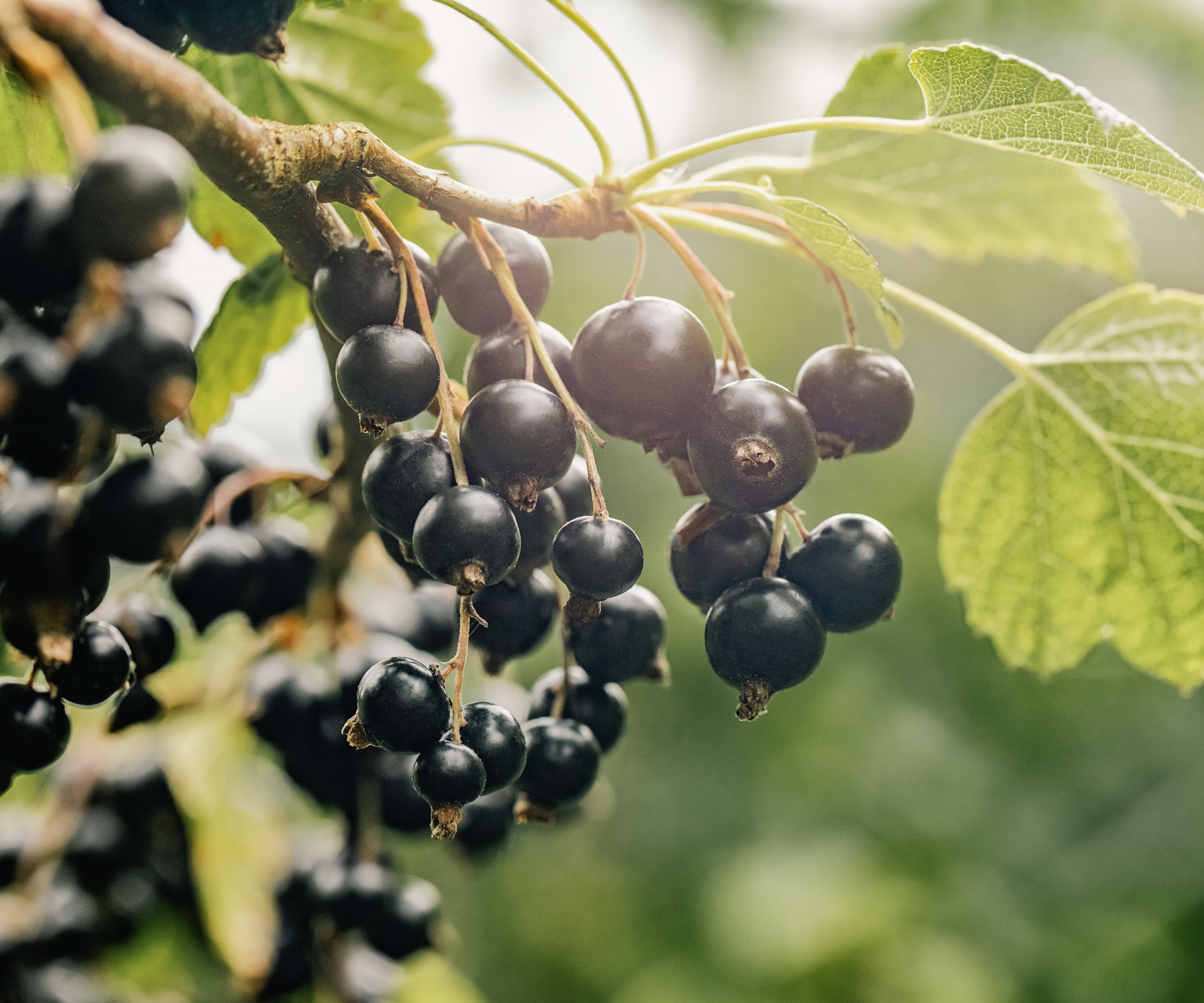
There's a range of fruit trees and shrubs that you can take hardwood cuttings from around mid-fall, when they're dormant.
'Blackcurrants are a great choice,' suggests CEO and founder at Tree Menders Evan Torchio. 'Simply take six-inch cuttings from healthy stems and remove the leaves. Plant those in well-draining soil - drainage is key here because they can rot easily,' he explains.
When pruning blackcurrants to take cuttings, it's best to choose a young plant that doesn't carry any diseases. Evan suggests taking a stem with around eight nodes. 'I leave six nodes buried in the soil since they root from the ones that are underground,' he explains.
The colder weather of fall can add difficulty to rooting hardwood cuttings, which is why using a greenhouse or even a DIY greenhouse is beneficial.
'My go-to set-up is a mix of perlite and potting soil in equal parts, dampened and placed in a plastic soda bottle with the top cut off and holes in the bottom for drainage,' explains Evan. This helps trap moisture and heat in, encouraging rooting.
3. Dogwood
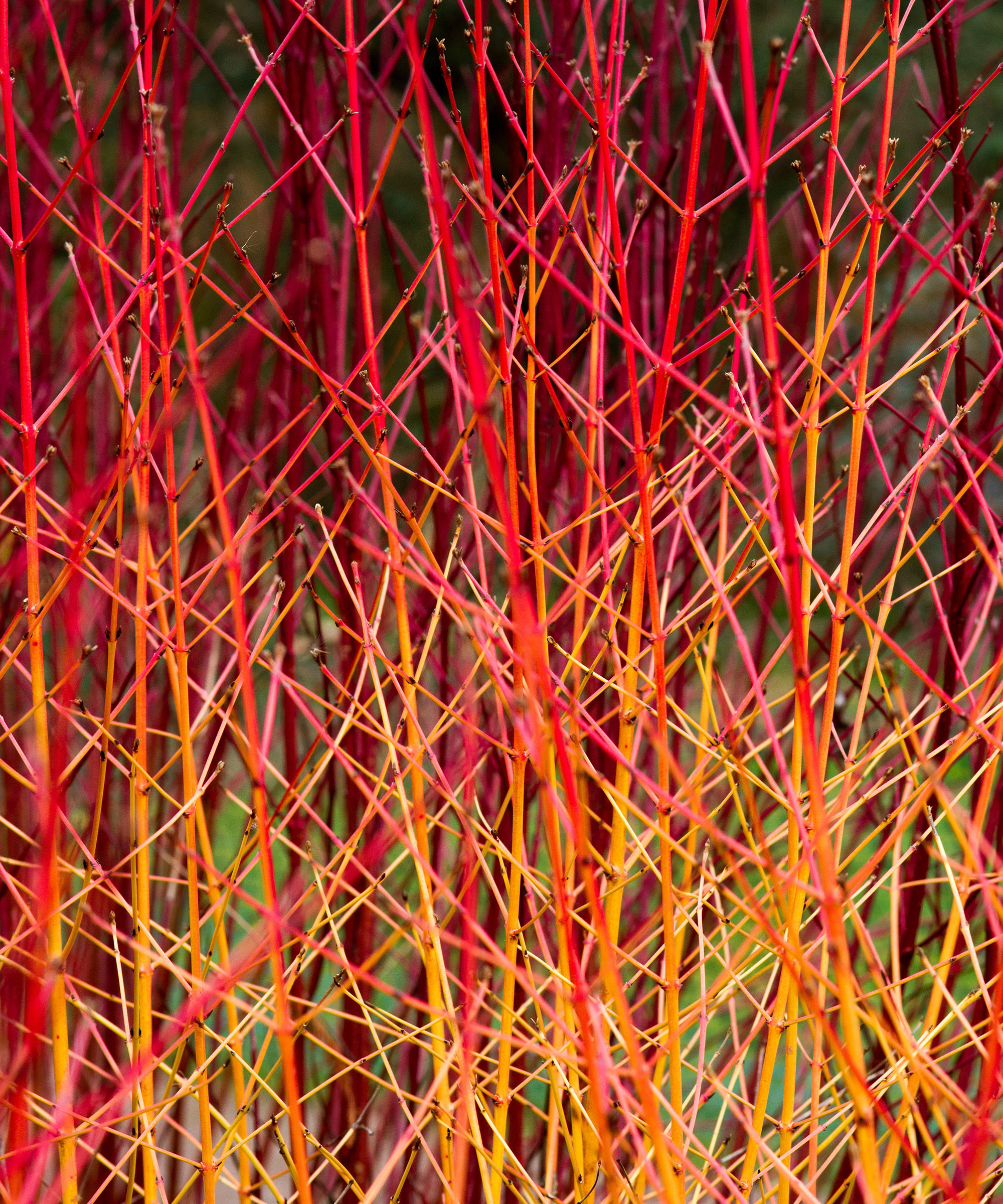
The list of plants with attractive winter bark isn't complete without the best native dogwood trees. There are so many cornus varieties to choose from, including flowering dogwood trees. Many of these plants leave behind fiery stems when their foliage yellows and falls off in late-fall to winter. This is the time to take hardwood cuttings to propagate.
'Make a clean cut at the base of the stem, and remove any extra branches, leaving an eight to 10-inch long stem,' says Michael.
One of the biggest plant cutting mistakes is not taking them in the right place. 'Always make a cut just below a leaf node, since this is where hormones lie that will stimulate growth,' explains Michael.
Once again, novice gardeners may find it easier to take softwood cuttings of dogwood in the warmer months. You can then opt to root them in water. When doing this, take care to avoid water propagation mistakes that might hinder chances of successful propagation.
4. Rose
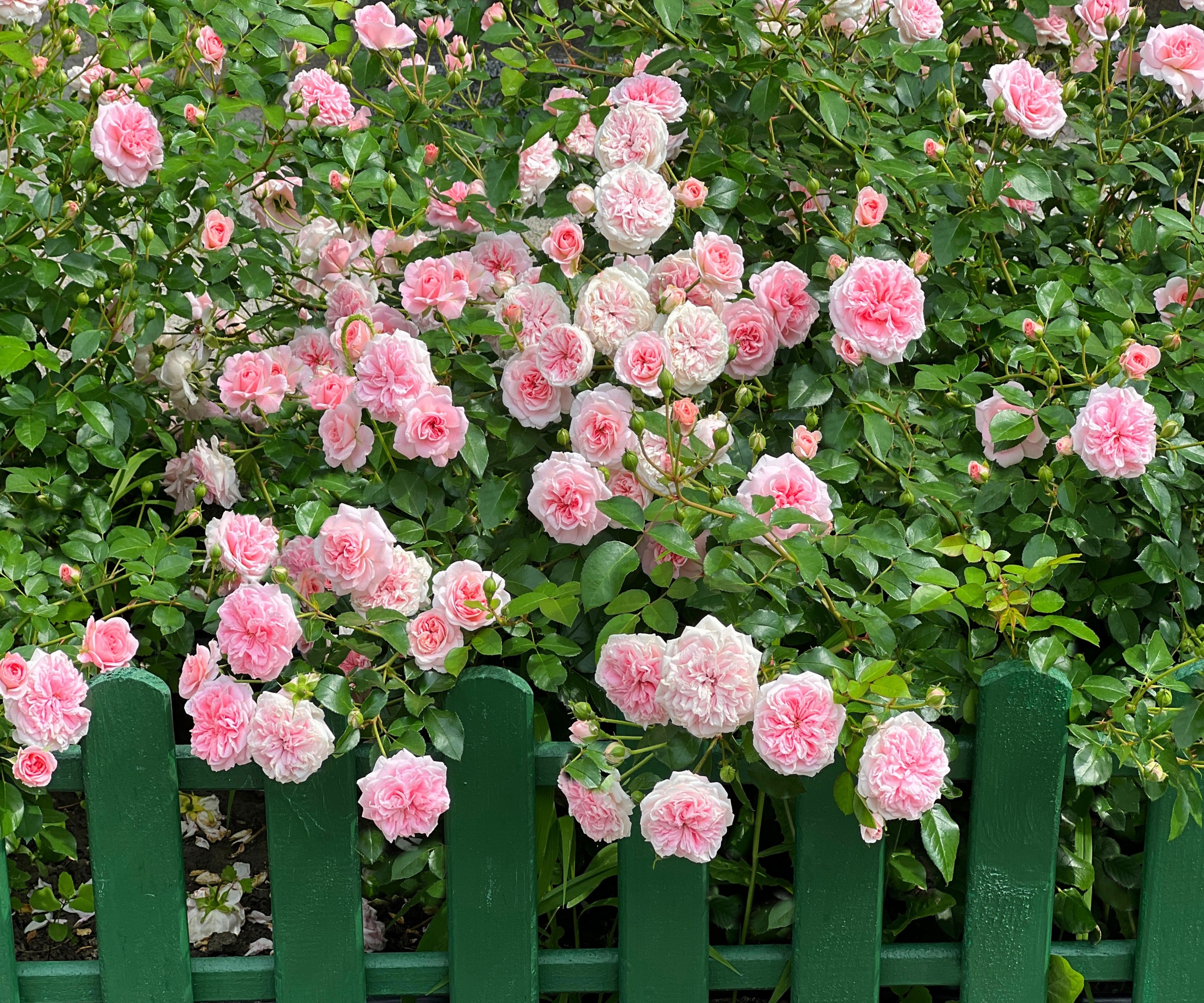
If you love to grow roses, then you should take the opportunity to multiply these cottage garden plants by taking rose cuttings in fall. It's no secret that roses require specific care and requirements to thrive, but taking hardwood cuttings in fall can allow you to grow more of them fairly easily.
You should take a cutting from this year's growth, aiming for a stem around eight inches long. Take care to cut below any rosehips that have begun to grow to encourage rooting, and remove the flower to preserve all energy for rooting. You should also remove any leaves and cut the bottom of the stem at an angle to expose a larger surface area.
To help your rose cuttings root, use a rooting hormone - this rooting hormone from Walmart is another great option. Then place your rose cutting in a well-draining potting mix and keep it in optimal conditions for rooting, where there is plenty of warmth, light and moisture.
There are so many rose varieties you can do this with, but it's important to note that pruning rambling roses for cuttings requires a slightly different technique.
You can also choose to take softwood rose cuttings in summer and semi-hardwood cuttings in early fall.
5. Forsythia
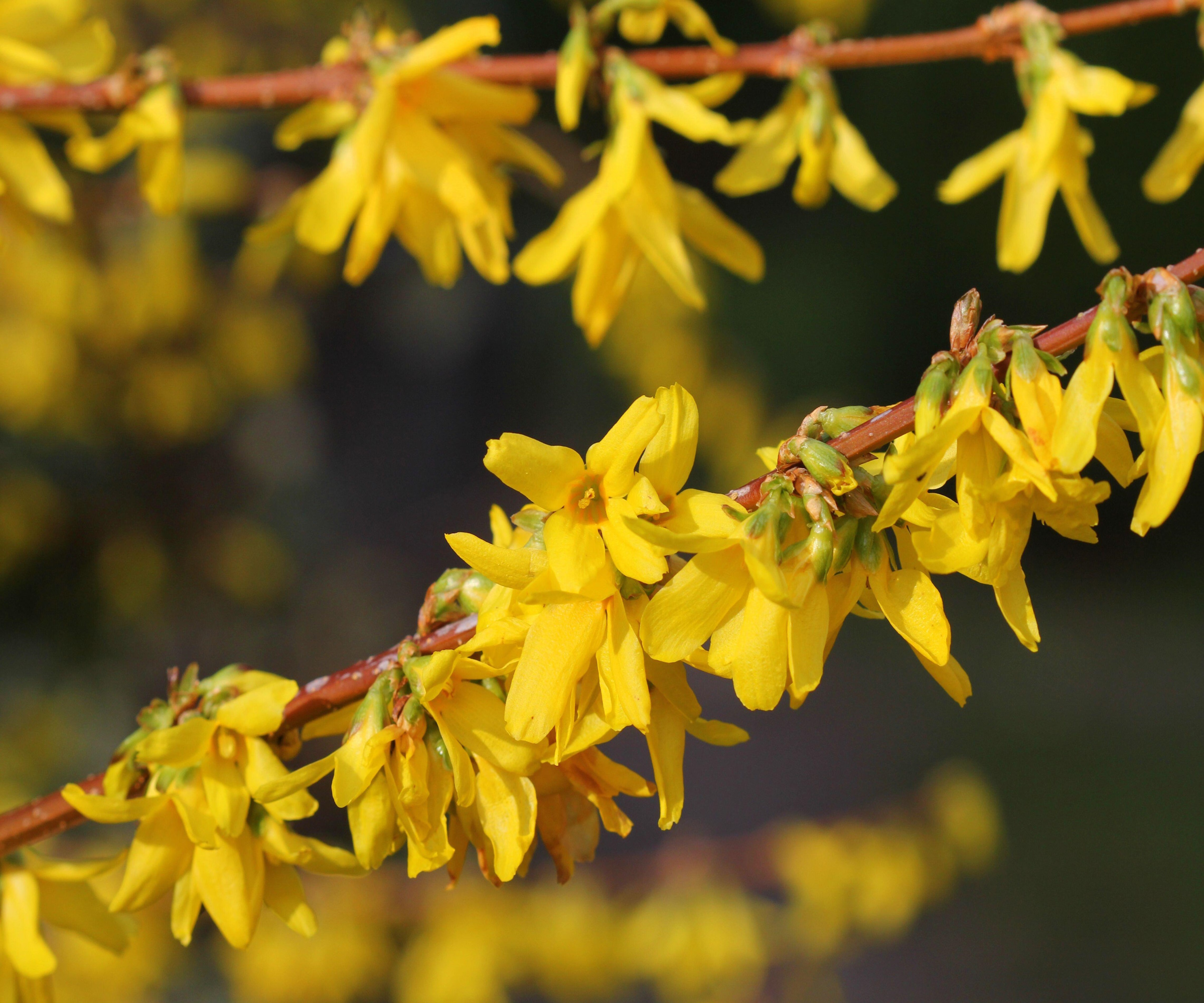
From mid-fall to winter, you can prune forsythia to take hardwood cuttings to propagate. It's straightforward to grow forsythia, and propagating from hardwood cuttings is no different.
Forsythia foliage turns a vibrant color in early-mid fall, so you may choose to wait until later in the season to take cuttings. Once leaves have started to fall, take cuttings of around six-inches long from growth put on that year, making sure to cut below a node and at an angle.
A rooting hormone will be useful for these cuttings, too, before you place your cutting in a well-draining potting mix. You then shouldn't allow you forsythia cuttings to dry out, while also keeping them somewhere bright.
To help hardwood cuttings like this develop roots more quickly, you can opt to use a seedling heat mat (available at Amazon).
FAQs
How long do hardwood cuttings take to root?
It really depends on the plant that you are trying to propagate. However it generally takes several months for hardwood cuttings to produce roots. That's why it's best to leave them potted up for a year before transplanting them. Leaving them somewhere warm and bright, as well as using a rooting hormone, can help encourage faster rooting.
These are just a handful of the plants to take cuttings from in fall. While it may take longer, propagating from hardwood cuttings is a low-maintenance and reliable method of multiplying your deciduous trees, climbers and shrubs - so, don't forget to add this to your fall gardening checklist.







